Nepal has been going through various site of disaster which directly or indirectly affects the various aspects of economy and political values. Sometimes the disaster of flood during heavy rainfall in terai region and sometimes landslides in hilly region as well as mountain avalanche in Himalayan region brings a heavy loss in natural, human ,tangible and intangible property of a country . Risk of disaster has been equally distributed in geo-political region. Though we are aware about the facts and figures of this disaster in each year but we are not preparing our efforts in policy formulation, development plans and programs, initiation of research and study for the advancement of geological, hydrological and meteorological technology for prevention, mitigation and reduction of disaster.
So a government and community of a country should make a complete set of policies, programs, procedures, planning and practices that should be undertaken before distress and destruction occurs, when it occurs and after it occurs for the reduction of loss of economic and social development. Disaster management should be emphasize in search and rescue of victimized people, providance of medical treatment, relief package and assurance of basic needs for affected zone and people, proper counselling for to make them psychologically and emotionally strong. After the settlement of mentioned things ,efforts should be given for reconstruction and rehabilitation of a structure and people.
Disaster management includes following phases :
• Prevention of disaster: Institutional bodies should play a vital role for the awareness of consequences of disaster and precautions that should be undertaken to face with a disaster by providing orientation, counselling about facing of disaster.
• Mitigation of Disaster: It includes plans and programs for the reduction of negative impact of disasters in a community.
• Preparedness of Disaster: Manpower should be prepared and make ready with equipment and training to handle the situation of disaster by developing contingency plans. Planning should be drafted for the effective mobilization of resources.
• Response to disaster: First and foremost action that should be done are to search and rescue the affected people so that necessary package of medical and relief can be designed. After all ,efforts should be diverted towards reconstruction and rehabilitation programs for to minimize the impact of risk of disasters.
• Recovering from disaster: After execution of formulated plans , programs and actions regarding disaster management it provide impetus for the community to recover from disaster and explore the development opportunities that had not considered before.
How can we minimize the effect of disaster in Nepal?
First and foremost concept that we should develop in our perception is that disaster cannot be halted but the intensity and magnitude of disaster can be minimized if following preventive measures are taken.
• Formulation of pragmatic policies and development plans and programs for the advancement of necessary mechanism and equipment for hazard mapping and vulnerability assessment for the prealert and rescue purpose .
• Emphasize in management of proper analysis and evaluation of risk factors and develop the technology to deal with early warning system.
• Channelizing the fund process as well as maintaining harmony relationship with international agencies and organizations to build up the institutional capacity regarding for rescue, relief, rehabilitation and reconstruction operations.
• Establishment of documentation centers on disaster activities.
• Arrangement of volunteering system for the effective and efficient management of affected zones to prevent from further harsh consequences of disaster if not managed properly.
• Establish mutual understanding and frequent dialogue between focal persons to mitigate the impact of disaster.
• Intensify national and international cooperation for advancement of geological, hydrological and meteorological technology for mitigation and reduction of disaster.
• Administrative setup should be designed and mobilize in such a way that right relief package can be handover to right person at a right time in order to reduce the affect of disaster .
Conclusion:
At a glance, disaster is any occurrence that occurs widespread distress and destruction that every country goes through. But the matter is that how we deal with the situation before, while and after occurrence of disaster. Though our country has plunge some positive steps for disaster management such as formulation of Disaster risk reduction management act 2074, National disaster risk reduction strategic action plan (2018-2030),Prime Minister relief fund regulation,2007 but we lack in execution and implementation of such action plan and strategy for the mitigation and reduction of disaster. So our country should be in ready position by making necessary arrangement of equipment , technology, financial fund and training of a personnel in order to minimize the impact and risk of disaster.

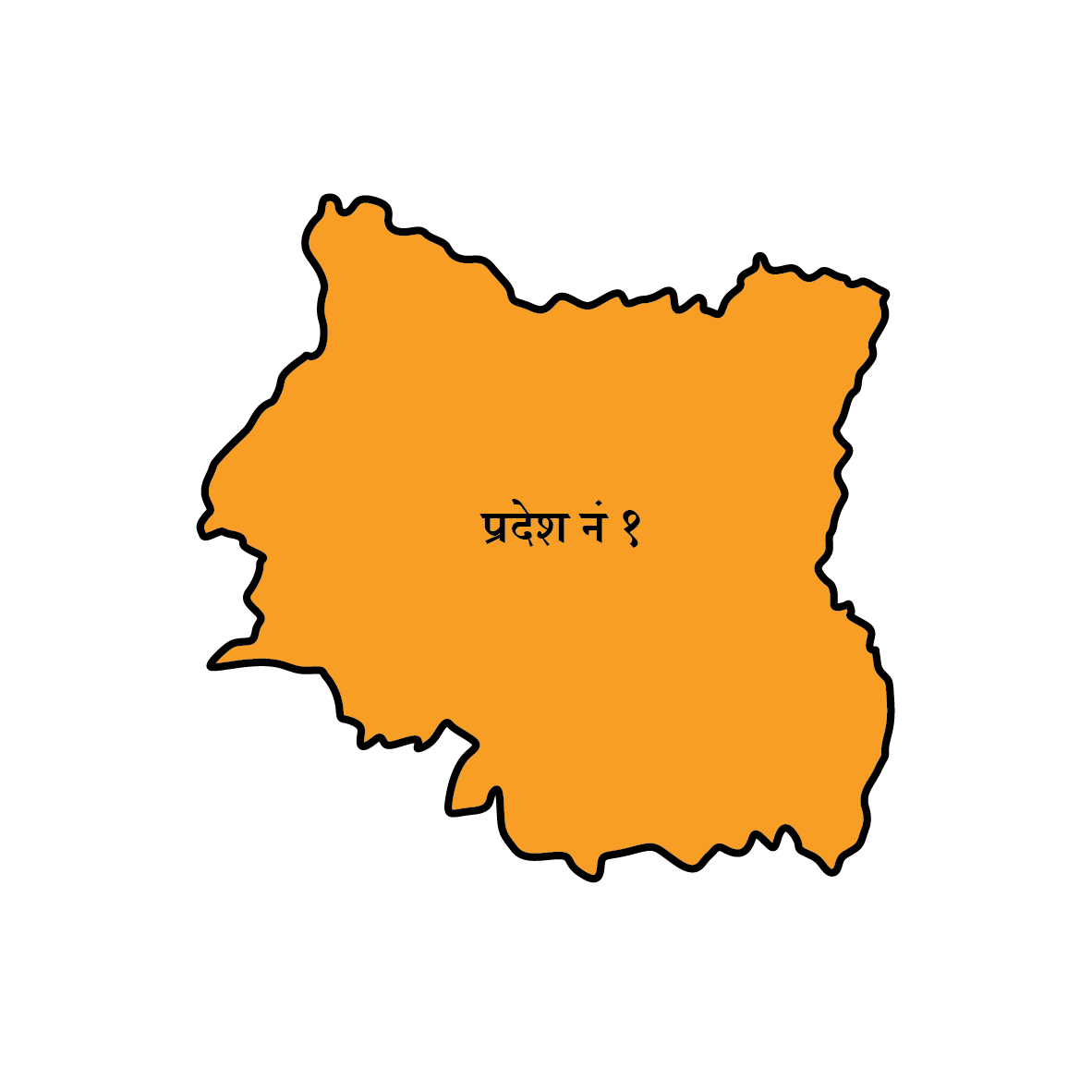 कोशी प्रदेश
कोशी प्रदेश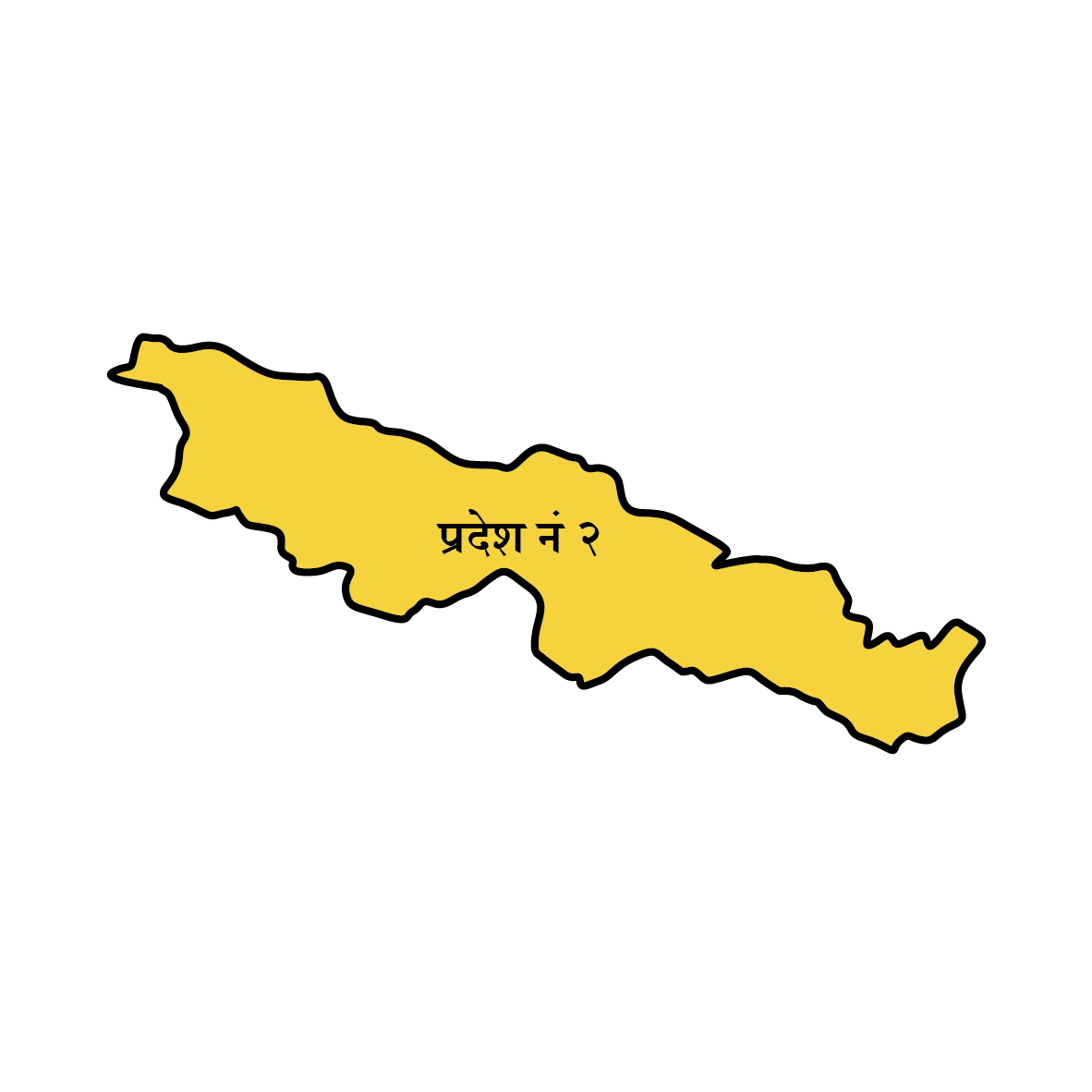 मधेश प्रदेश
मधेश प्रदेश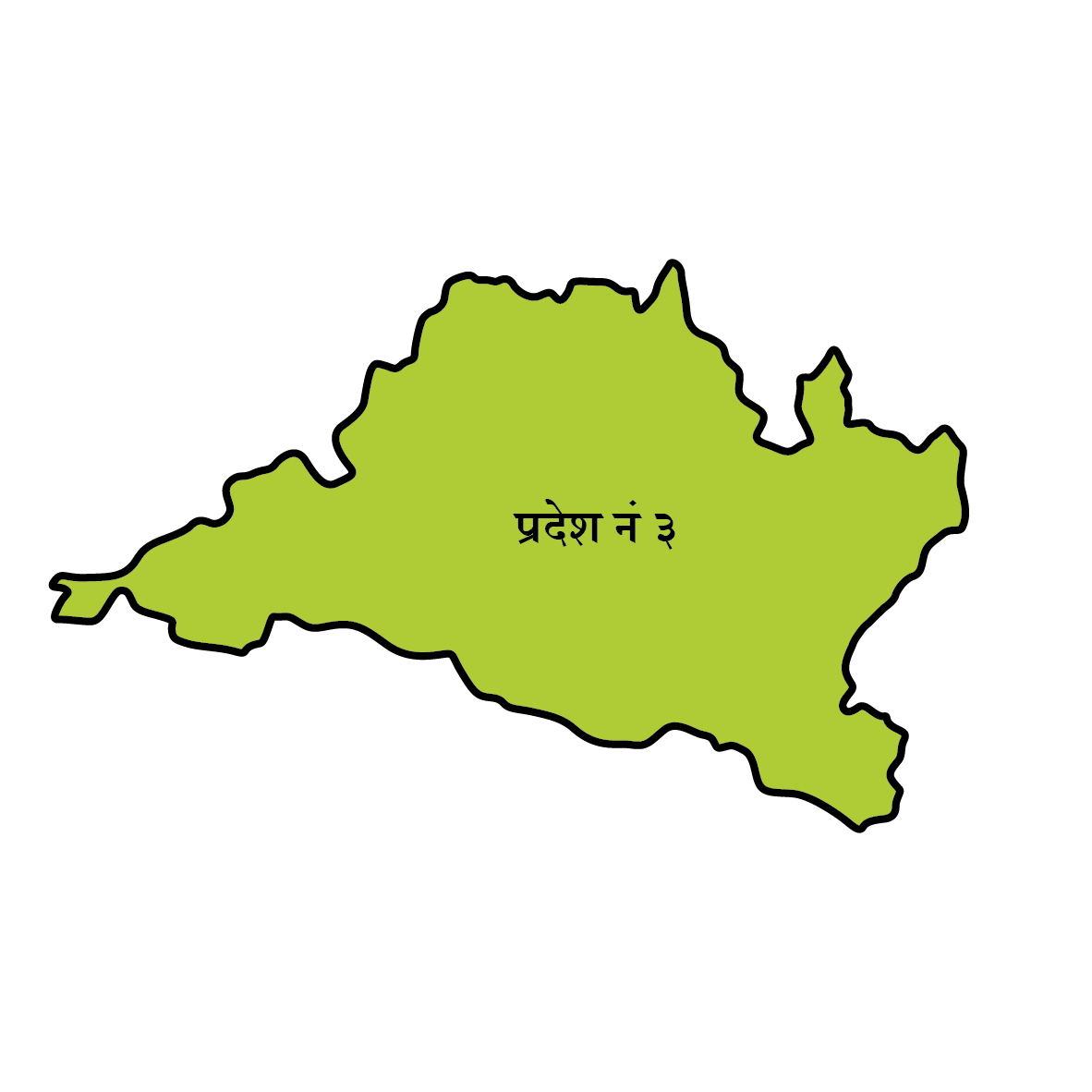 बागमती
बागमती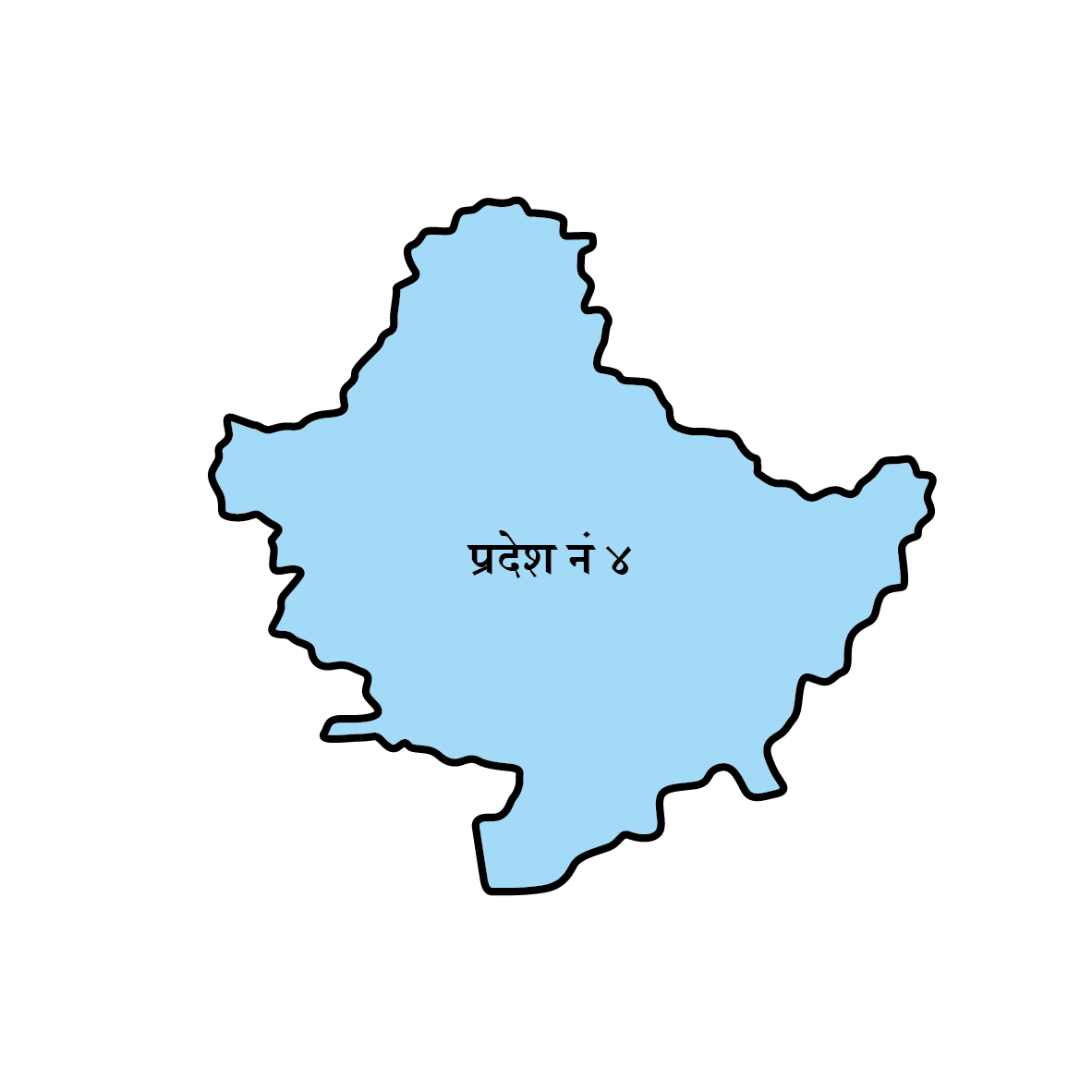 गण्डकी
गण्डकी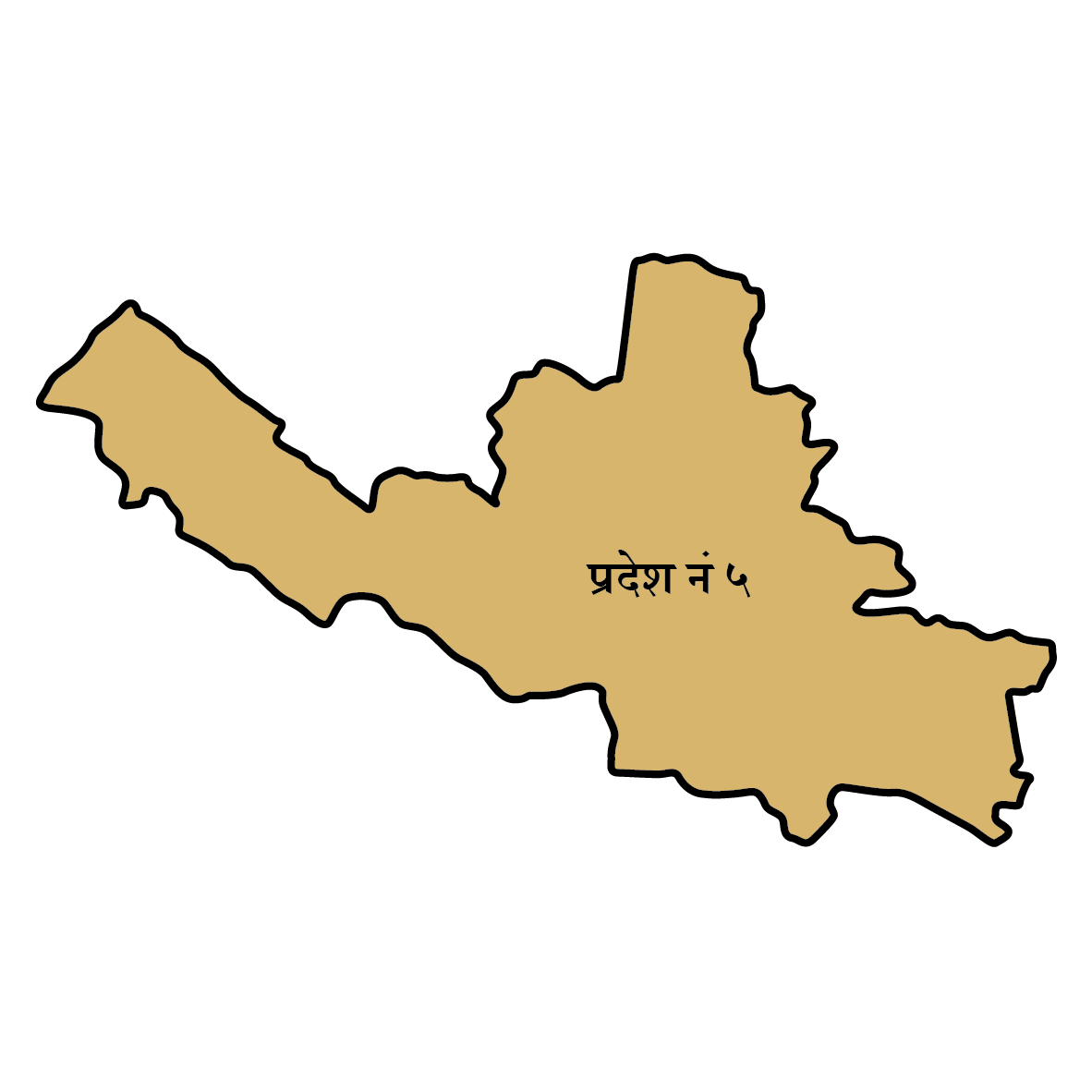 लुम्बिनी
लुम्बिनी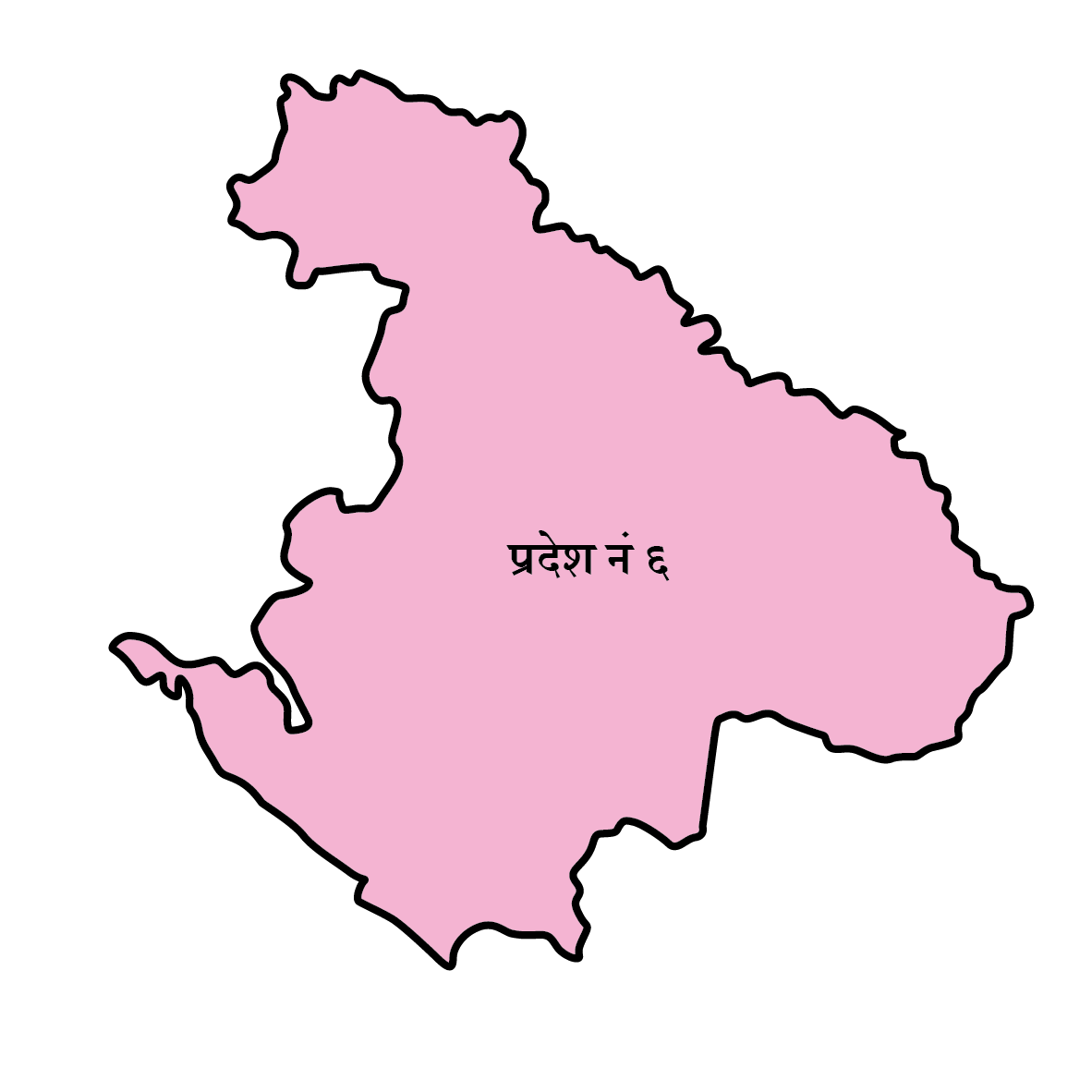 कर्णाली
कर्णाली 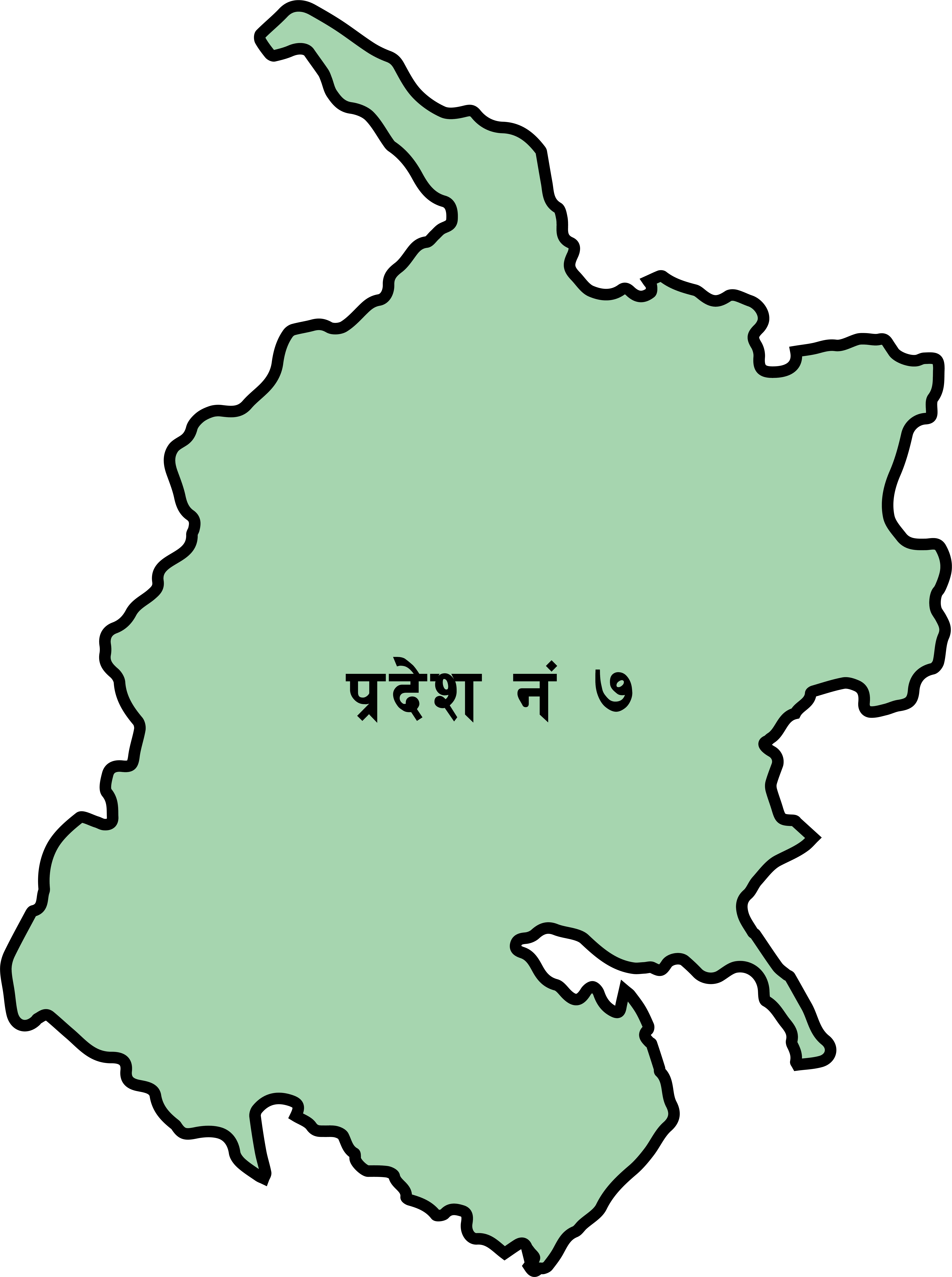 सुदूरपश्चिम
सुदूरपश्चिम
















